Traveling the world doesn’t have to drain your bank account, especially when some of the most culturally vibrant places happen to be incredibly affordable. These destinations offer centuries of history, fascinating traditions, stunning architecture, and authentic local experiences without the hefty price tags you’d find in popular tourist hotspots.
Here is a list of 20 destinations where your dollar stretches far while your cultural experiences run deep.
Prague, Czech Republic
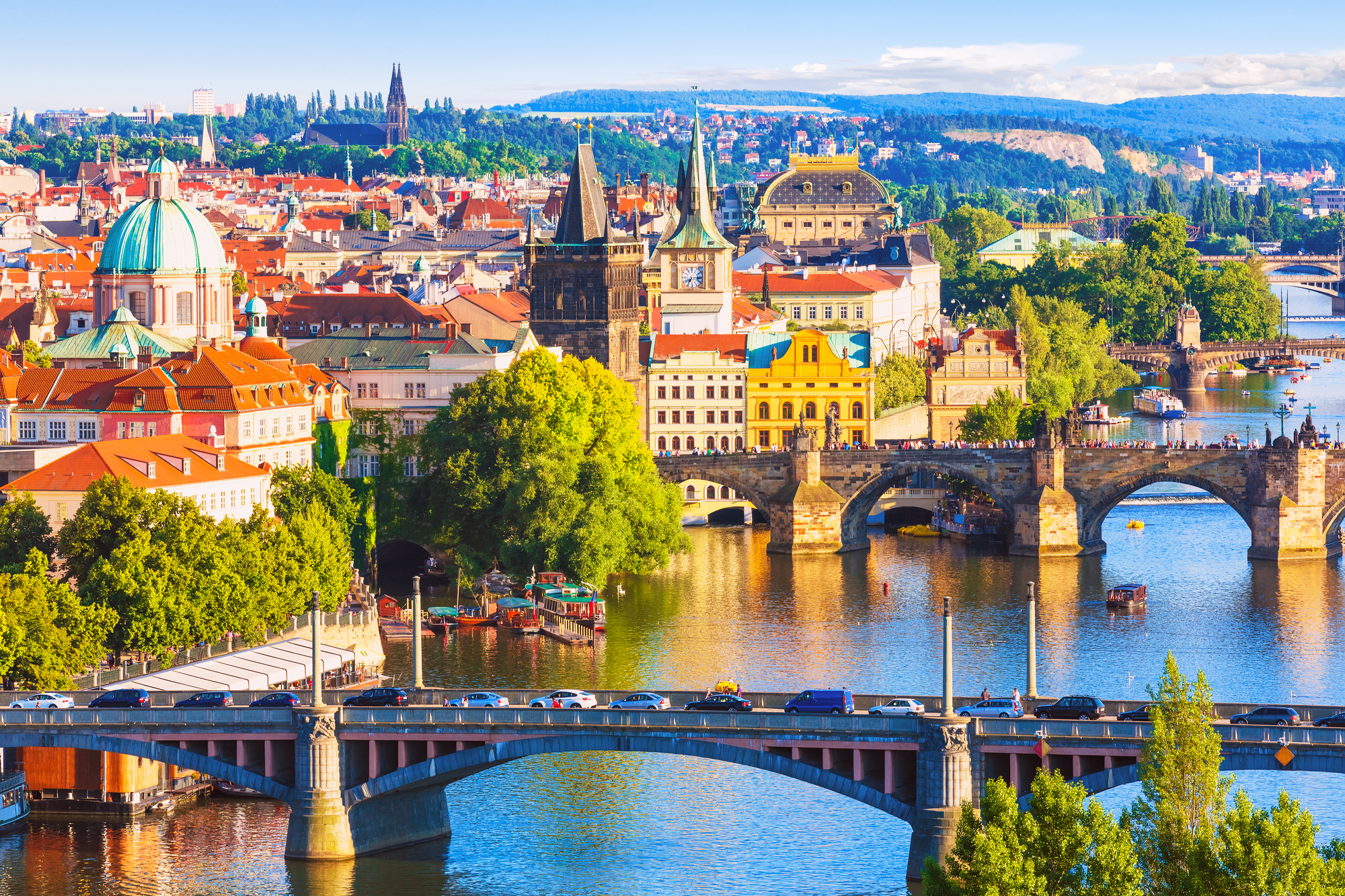
Prague feels like stepping into a fairy tale, complete with medieval castles, Gothic churches, and cobblestone streets that have witnessed over a thousand years of history. A hearty meal with local beer costs less than what you’d pay for a coffee in Manhattan, and most of the city’s architectural wonders can be admired simply by walking around.
The city’s rich musical heritage comes alive in affordable classical concerts held in historic venues throughout the old town.
Marrakech, Morocco
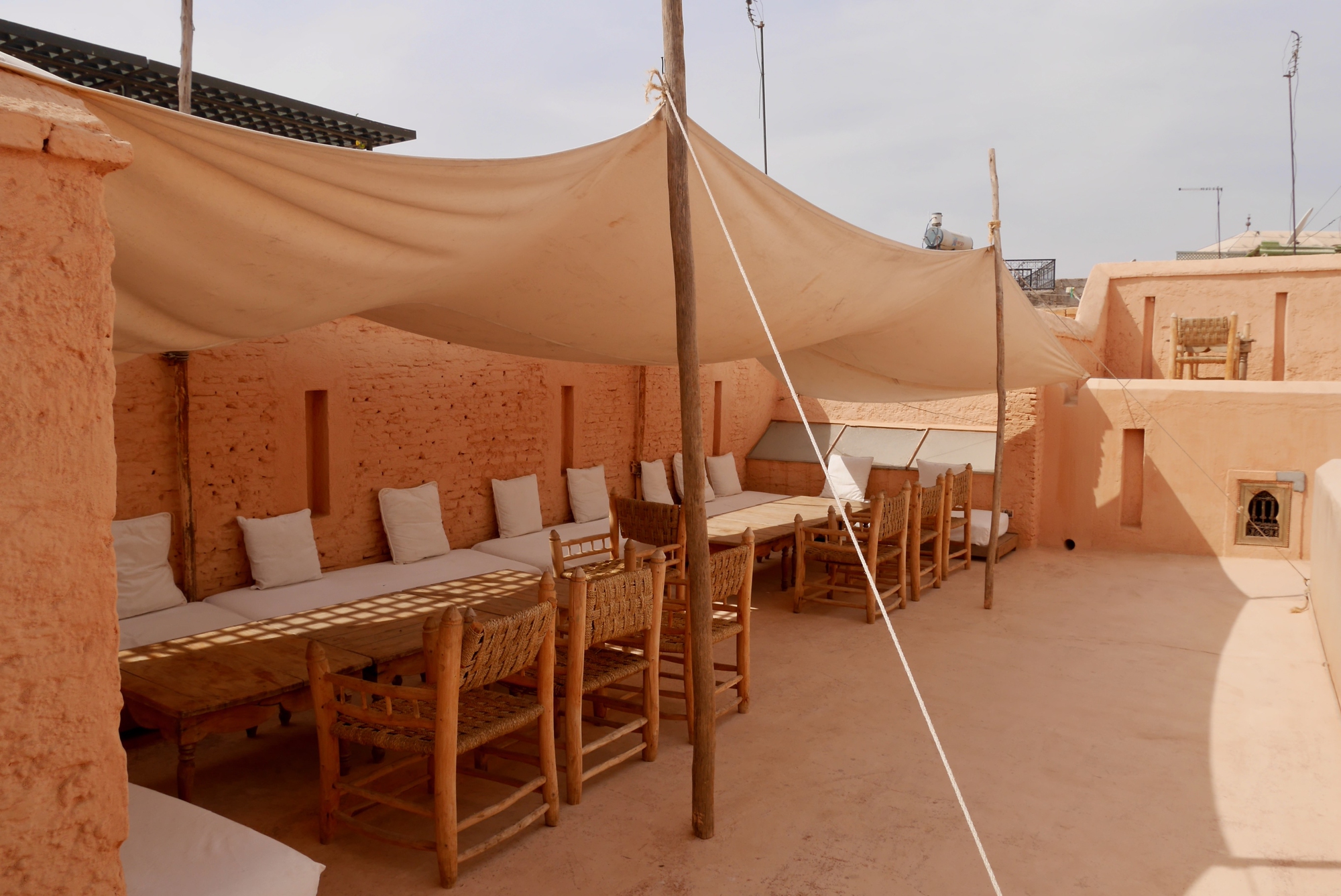
The medina of Marrakech buzzes with the energy of ancient trade routes, where spice vendors, metalworkers, and textile merchants continue traditions passed down through generations. For a few dollars, you can feast on tagines and mint tea, stay in traditional riads for a fraction of European hotel costs, and spend hours getting lost in souks filled with handcrafted goods.
The city’s blend of Arab, Berber, and French influences creates a cultural tapestry that’s both exotic and accessible.
Like Travel Pug’s content? Follow us on MSN.
Budapest, Hungary
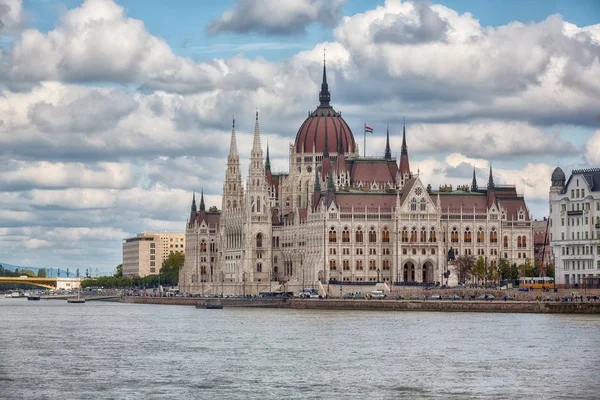
Budapest combines the grandeur of Vienna with prices that won’t make you wince, featuring thermal baths that have been soothing visitors since ancient times, including the Roman and Ottoman eras. The city’s coffee house culture rivals Paris’s, but a slice of Dobos torte and espresso costs about the same as a fast-food meal elsewhere.
Historic sites like Buda Castle and the Parliament building showcase centuries of Hungarian resilience and artistry.
Cusco, Peru
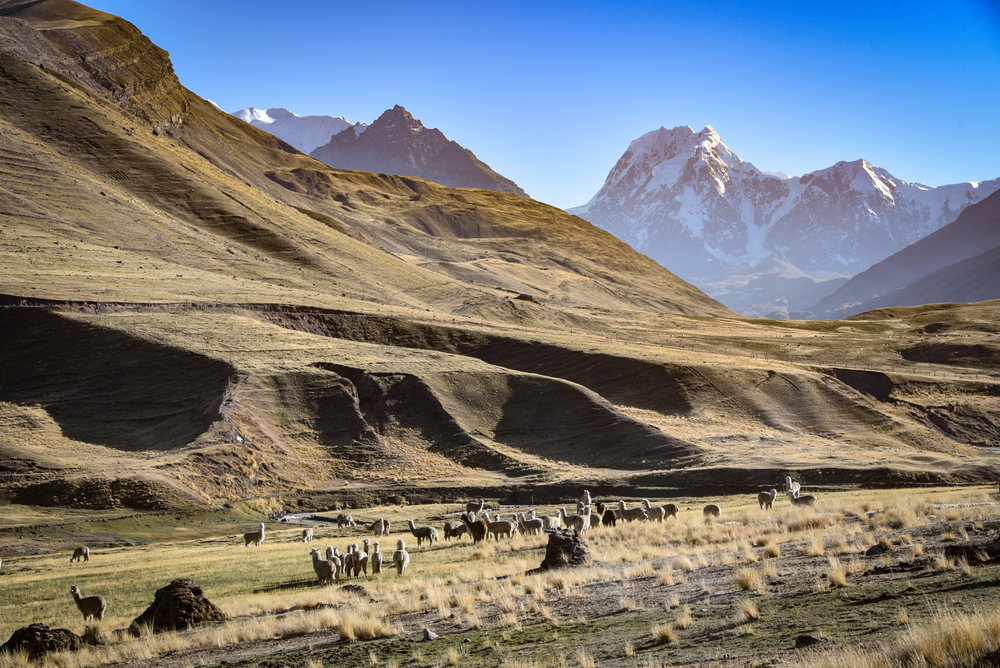
This former capital of the Inca Empire sits at 11,000 feet above sea level, surrounded by mountains and steeped in indigenous culture that predates European arrival by centuries. Local markets overflow with colorful textiles, fresh produce, and traditional crafts at remarkably low prices that reflect the local economy.
The city serves as your gateway to Machu Picchu, but Cusco itself offers enough Incan ruins, colonial architecture, and cultural experiences to fill weeks.
Istanbul, Turkey

Istanbul straddles two continents and several millennia of history. Byzantine churches stand next to Ottoman mosques, and Roman ruins peek through modern streets. Street food like döner kebabs and baklava costs pocket change, while ferry rides across the Bosphorus offer million-dollar views for less than a subway fare.
The Grand Bazaar and Spice Bazaar provide sensory overloads of sights, sounds, and smells that have drawn traders for centuries.
Like Travel Pug’s content? Follow us on MSN.
Hanoi, Vietnam

Vietnam’s capital moves at a frenetic pace that somehow maintains its ancient soul, with motorbikes weaving around temples and pagodas, some of which date back centuries. Pho on the street costs about a dollar, and you can explore the Old Quarter’s 36 historic streets, each named for the craft guilds that once occupied them.
The city’s French colonial architecture adds European elegance to distinctly Asian traditions.
Kraków, Poland
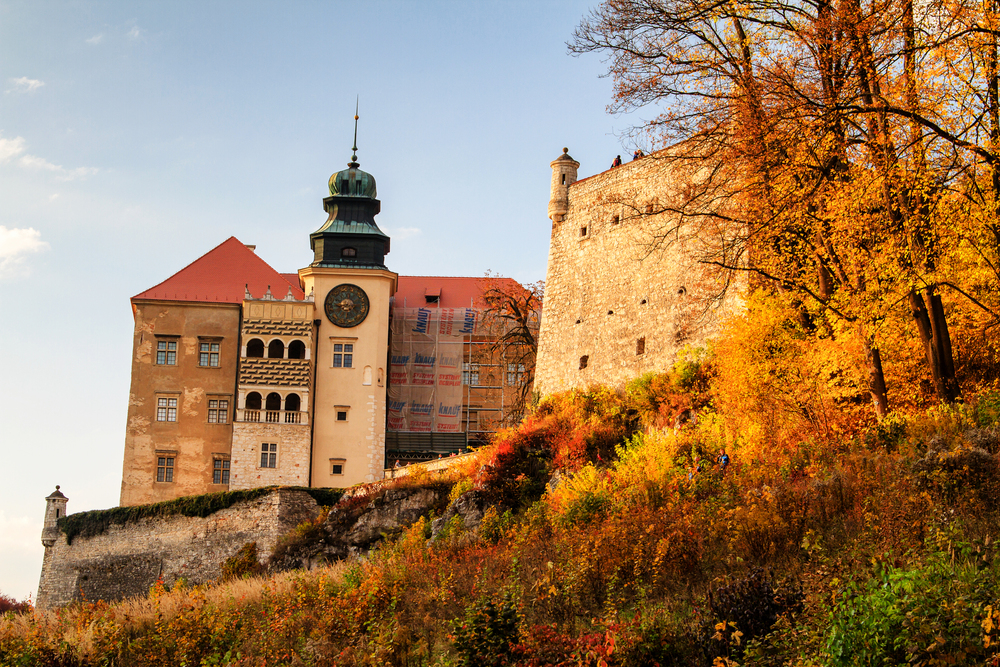
Kraków’s medieval center survived World War II intact, creating one of Europe’s best-preserved historic cities. Gothic churches and Renaissance buildings surround a massive market square. Traditional Polish cuisine, like pierogi and kielbasa, costs a fraction of what you’d pay in Western Europe, and the city’s numerous museums and galleries offer world-class art collections.
The nearby Wieliczka Salt Mine includes an underground cathedral carved from salt and chapels and sculptures.
Antigua, Guatemala

This colonial gem sits in a valley surrounded by three volcanoes, with cobblestone streets lined by pastel-colored buildings that haven’t changed much since the Spanish colonial era. Local textiles showcase Mayan weaving traditions that span millennia, and you can learn Spanish in language schools that offer full-month programs for less than a typical tourist weekend elsewhere.
The city’s numerous ruins tell the story of earthquakes that shaped both its architecture and resilient spirit.
Like Travel Pug’s content? Follow us on MSN.
Yogyakarta, Indonesia

Known as Jogja to locals, this Javanese city serves as Indonesia’s cultural heart. Traditional arts like batik making and puppet shows continue to thrive alongside modern university life.
Street food tours reveal complex flavors for incredibly low prices, and the nearby temples of Borobudur and Prambanan showcase Buddhist and Hindu architecture that rivals anything in Southeast Asia. The Sultan’s palace still functions as a royal residence while offering glimpses into Javanese court culture.
Porto, Portugal
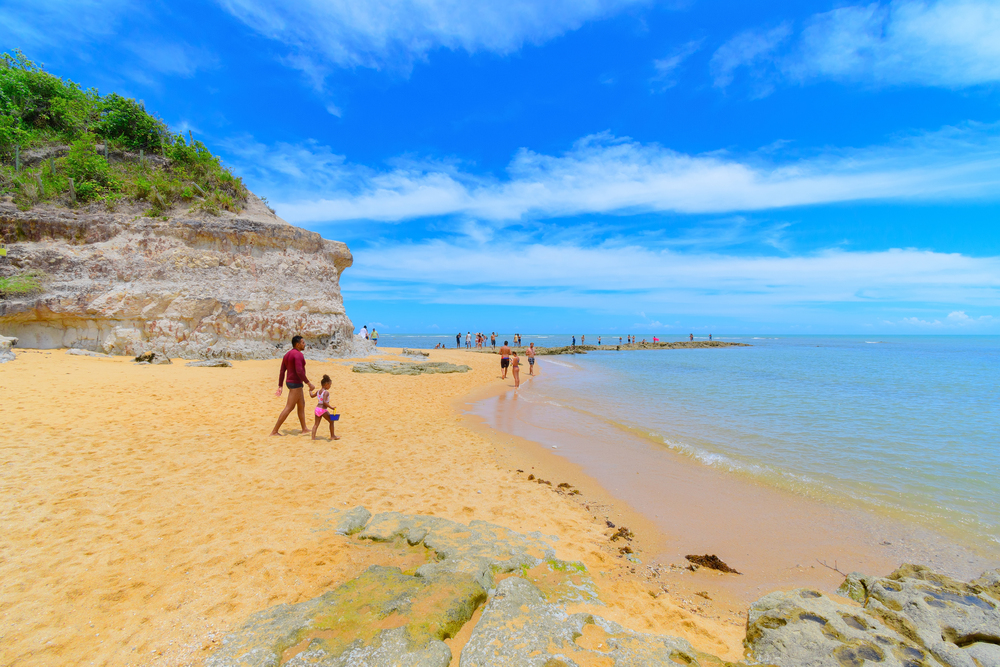
Porto delivers all the charm of Lisbon with half the crowds and even lower prices. It features azulejo tiles that turn ordinary buildings into works of art.
The city’s port wine cellars offer tastings that cost less than a single glass would elsewhere, and the historic center’s baroque churches and medieval streets earned UNESCO recognition. Local markets serve fresh seafood and pastries that showcase Portugal’s maritime heritage and Moorish influences.
Luang Prabang, Laos

This sleepy town along the Mekong River preserves French colonial architecture and Buddhist temples in a setting that feels frozen in time. Monks in orange robes collect alms each morning in a ritualritual that has endured largely unchanged for centuries, and local markets sell textiles and crafts at prices that reflect the local economy rather than tourist expectations.
The nearby waterfalls and traditional villages provide insights into rural Southeast Asian life.
Like Travel Pug’s content? Follow us on MSN.
Rajasthan, India

India’s desert state offers palace hotels that were once maharaja residences, now available at prices that would barely cover a standard room in major cities elsewhere. Cities like Jaipur, Udaipur, and Jodhpur showcase Rajput architecture in pink sandstone and white marble, while local markets explode with spices, textiles, and jewelry.
Camel safaris and traditional music performances provide authentic cultural experiences without the premium pricing.
La Paz, Bolivia
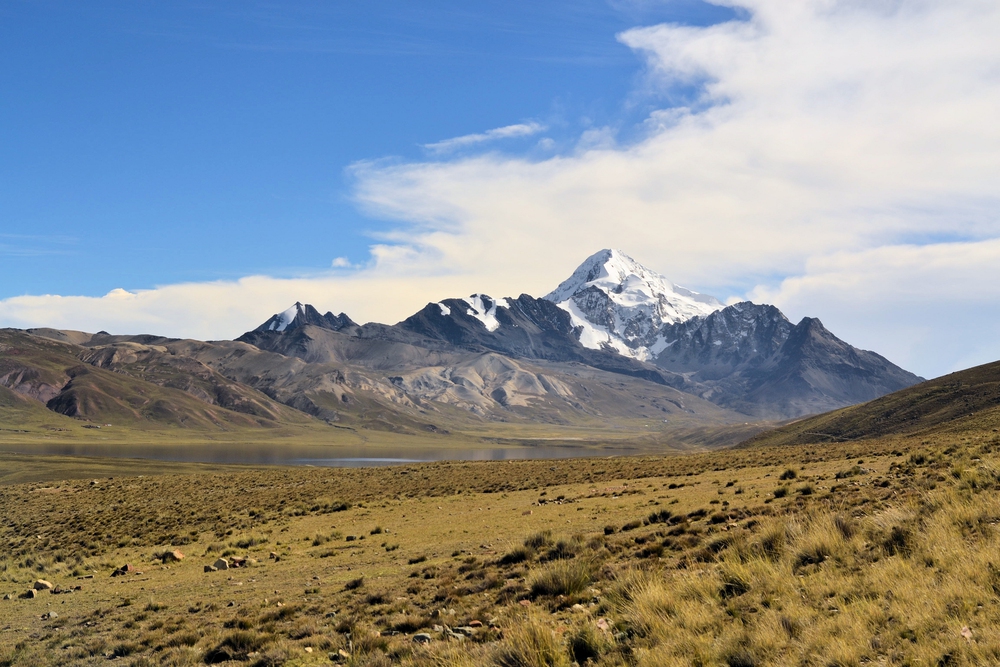
The world’s highest capital city offers a unique blend of indigenous Aymara culture and Spanish colonial influences, where traditional markets sell everything from llama wool to medicinal herbs. The city’s dramatic setting between snow-capped peaks creates a backdrop that would be expensive to visit anywhere else, but here, even upscale restaurants offer high-quality meals at very modest prices.
Local transportation includes cable cars that provide aerial views of the city and the surrounding altiplano.
Fez, Morocco
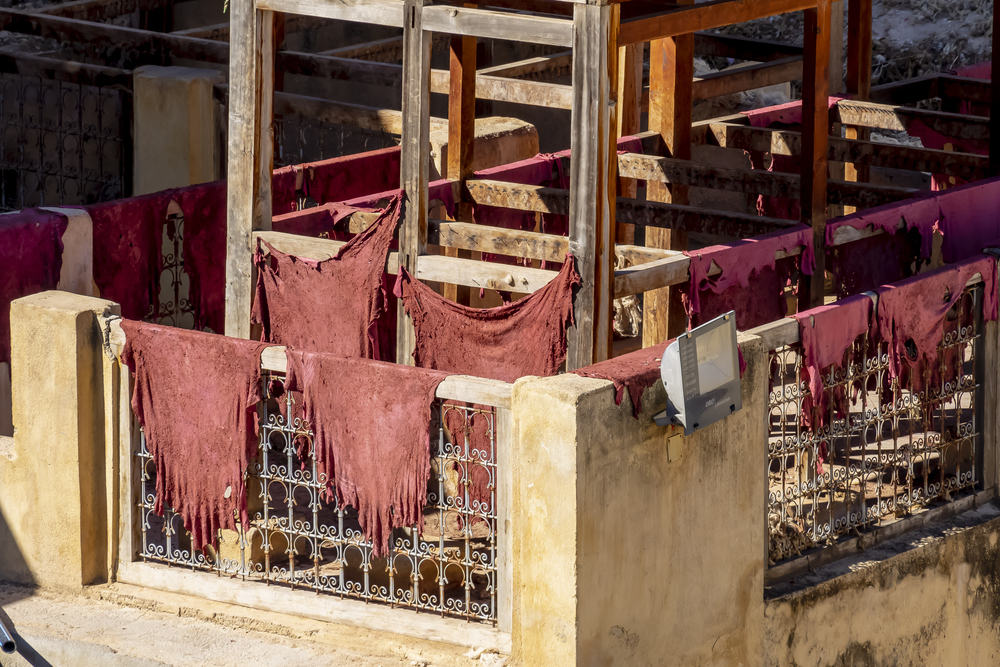
Morocco’s spiritual capital contains the world’s oldest continuously operating university and a medina so complex that getting lost becomes part of the experience. Traditional crafts like leather tanning and ceramic making continue in workshops that have operated for centuries, and you can watch artisans work while sipping mint tea that costs almost nothing.
The city’s religious schools and palaces showcase Islamic architecture and calligraphy at their finest.
Like Travel Pug’s content? Follow us on MSN.
Siem Reap, Cambodia

While Angkor Wat draws most visitors, this gateway town offers its cultural riches in traditional markets, cooking classes, and performances of classical Khmer dance. Local restaurants serve authentic Cambodian cuisine for a few dollars per meal, and tuk-tuk drivers often serve as friendly and knowledgeable informal tour guides, who share stories passed down through generations.
The nearby floating villages on Tonle Sap Lake provide glimpses into traditional fishing cultures.
Oaxaca, Mexico

This colonial city in southern Mexico combines indigenous Zapotec traditions with Spanish architecture, creating a cultural blend that’s uniquely Mexican. Local markets overflow with ingredients for complex moles and traditional textiles woven on backstrap looms, with prices that support artisans and reflect the local economy.
Day of the Dead celebrations here showcase pre-Hispanic traditions that have survived centuries of cultural change.
Kandy, Sri Lanka
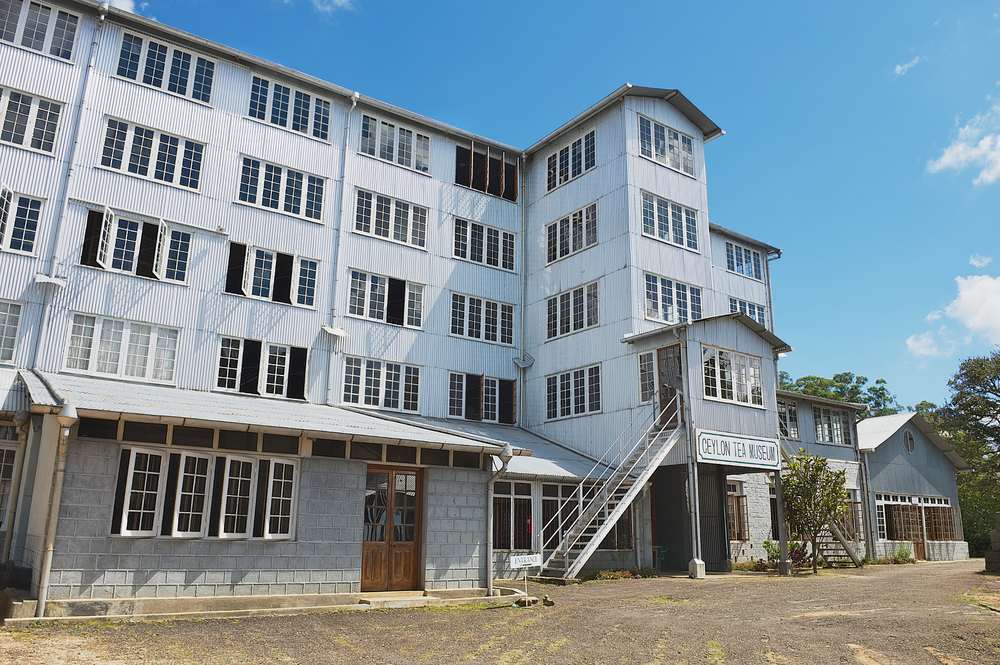
Sri Lanka’s last royal capital sits in tropical hills, where Buddhist temples house sacred relics (like the Temple of the Tooth) and traditional dancers perform in elaborate costumes. The city’s botanical gardens and tea plantations provide settings that colonial British administrators chose for their beauty, now accessible to budget travelers.
Local markets sell tropical fruits and spices that have made this island nation a trading destination for centuries.
Like Travel Pug’s content? Follow us on MSN.
Plovdiv, Bulgaria
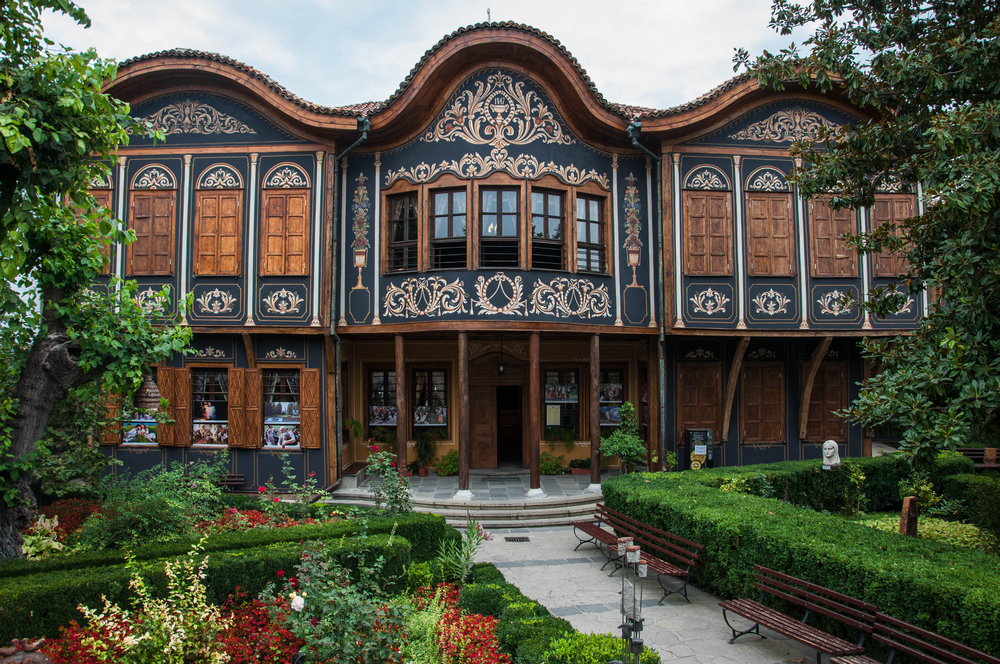
Europe’s oldest continuously inhabited city layers a Roman amphitheater and other ruins layered over ancient Thracian settlements, with Ottoman mosques and Bulgarian Revival houses filling in the historical gaps. The city’s old town offers museums and galleries at barely registered entrance fees, while local restaurants serve hearty Bulgarian cuisine and regional wines.
Traditional crafts and folklore performances maintain connections to rural traditions.
Guanajuato, Mexico
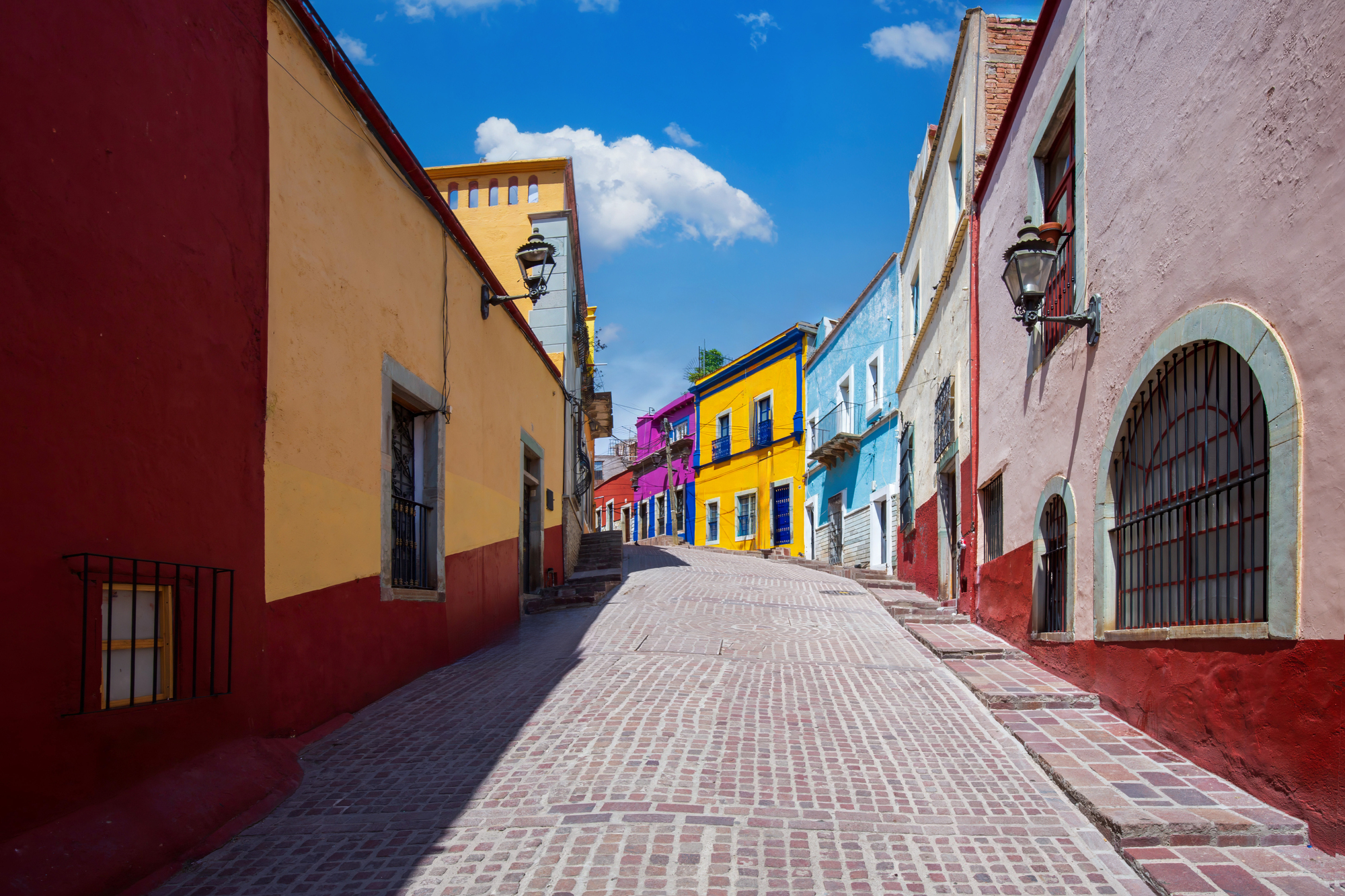
This colonial mining town spreads across hillsides in a tangle of colorful houses and underground tunnels that once carried silver to Spanish galleons. The city’s universities and cultural institutions create an intellectual atmosphere where Diego Rivera was born and where international arts festivals take place annually.
Local markets and family-run restaurants offer authentic Mexican experiences without resort pricing.
Kathmandu, Nepal
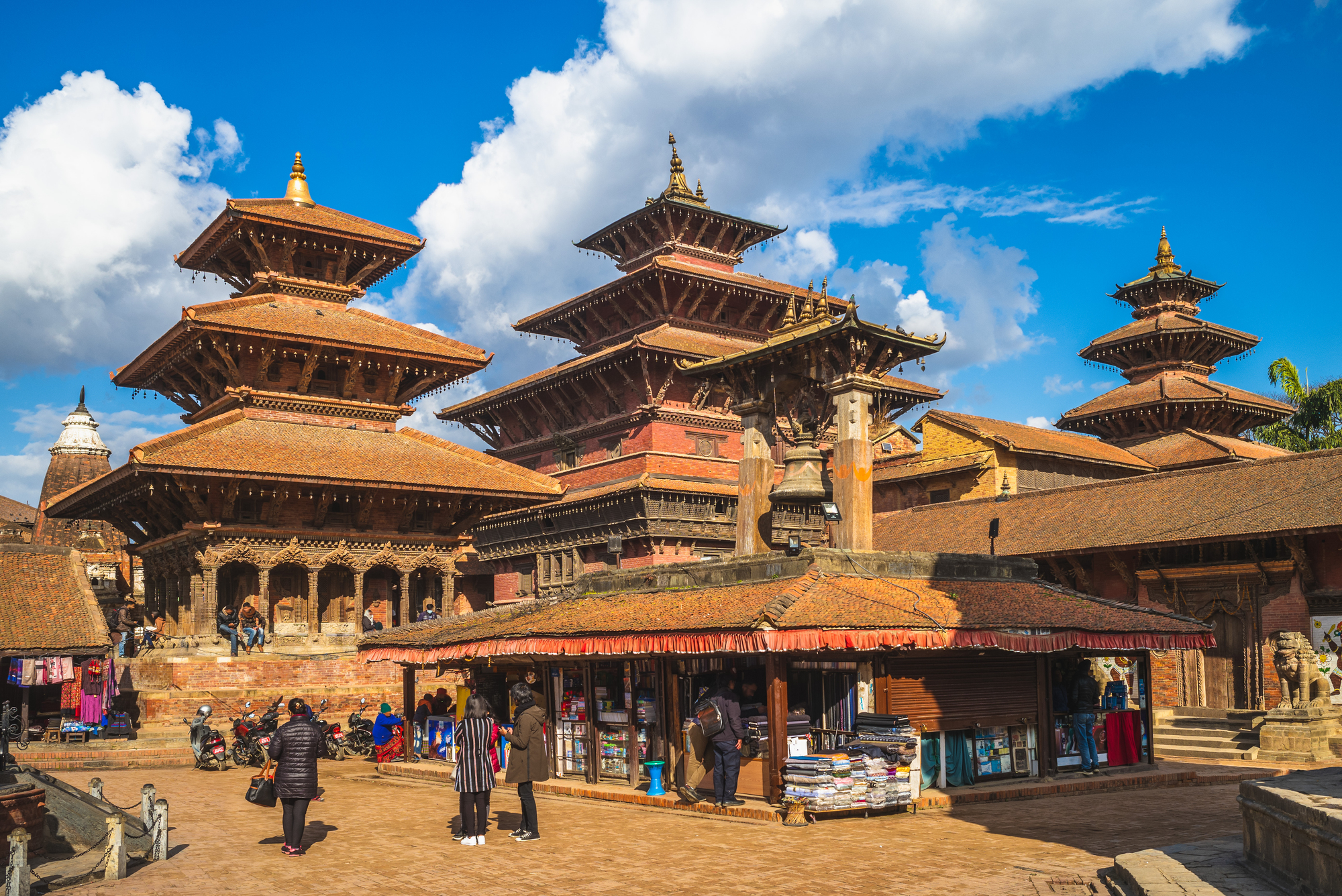
Nepal’s capital sits in a valley surrounded by the Himalayas, where Hindu temples and Buddhist stupas create one of the world’s densest concentrations of religious architecture. Traditional crafts like wood carving and metal working continue in workshops where techniques haven’t changed for generations, and prices reflect local purchasing power rather than tourist expectations.
The city serves as a gateway to mountain trekking, but its cultural offerings could occupy weeks of exploration.
Like Travel Pug’s content? Follow us on MSN.
Where Ancient Wisdom Meets Modern Budgets

These destinations prove that authentic cultural experiences don’t require luxury budgets, as many of the world’s most historically significant places remain refreshingly affordable. Local economies often mean that traditional crafts, regional cuisine, and cultural performances cost what locals can afford rather than what tourists might pay.
The irony is that some of humanity’s greatest cultural achievements exist in places where your travel dollar stretches furthest, making deep cultural immersion accessible to almost anyone willing to venture beyond the typical tourist trail. In our increasingly expensive world, these cultural treasures remind us that the most meaningful experiences often come with the smallest price tags.
More from Travel Pug

- 20 Best Beach Towns in the Carolinas
- 13 Destinations Where Tourists Regularly Regret Their Trip
- 20 Destinations That Are More Magical Without an Itinerary
- 20 Underrated Adventures That Belong on Your Travel List
- 20 Cities Where You Should Just Wing It, No Planning Required
Like Travel Pug’s content? Follow us on MSN.
